Introduction
"Is anyone using an ABM strategy that actually works?"This simple question on Reddit sparked a revealing discussion about the state of Account-Based Marketing. The responses highlighted critical challenges such as:
- Companies rushing to buy ABM tools without a foundational strategy
- The critical need for sales and marketing alignment
- The reality that successful ABM requires dedicated resources and focused teams
While ABM promises compelling benefits—laser-focused targeting, higher ROI, and personalized outreach—many organizations struggle with its implementation. The gap between theory and practice often comes down to three key areas:
- Account selection
- Message coordination
- Execution consistency
In 2025, successful ABM has evolved beyond basic personalization. Today's winning strategies integrate:
- AI-driven insights
- Intent data
- Omnichannel engagement
These elements combine to create seamless, highly relevant experiences for high-value accounts.

So, in this blog, we'll examine five companies' ABM examples, providing you with actionable insights you can apply to your own strategy.
5 Outstanding ABM Examples for 2025
1. Drift: AI-Powered Personalization Beyond Basic Engagement
Drift has transformed how companies approach digital engagement in ABM. Caitlin Seele, their head of digital marketing, says their strategy moves beyond simple token-based personalization to create genuine, conversation-driven experiences."AI-powered personalization enables marketers to deliver tailored experiences at scale. By leveraging AI to analyze intent signals, we can recommend the right content, optimize engagement, and create seamless, connected journeys across multiple channels." — Caitlin Seele, Head of Digital Marketing at Drift
Advanced Conversational Intelligence
Drift's AI-powered chat platform represents a significant evolution in how companies engage with target accounts. Their system analyzes visitor behavior patterns in real-time to predict intent and adjust conversation flows based on account-specific data. Integration with their content management system allows for immediate, personalized content recommendations based on the conversation flow.This sophisticated approach has led to buyers being three times more likely to convert when asking high-intent questions.
The Three-Layer Engagement Model
1. Initial Contact LayerWhen visitors from target accounts land on your site, this layer springs into action by:
- Analyzing real-time visitor behavior (page visits, downloads, historical interactions)
- Triggering personalized conversations based on current activity
- Incorporating account-specific context (industry, company size)
By combining real-time analytics with historical data, the system crafts interactions that feel personal and relevant from the very first touchpoint. This sophisticated approach has transformed how target accounts engage with brands, delivering a remarkable 73% increase in initial engagement rates.2. Intent Verification LayerThis layer moves beyond assumptions to understand true intent:
- Deploys AI-driven clarifying questions
- Maintains natural conversation flow
- Gathers specific information about challenges and use cases
What makes this layer particularly effective is its ability to qualify leads while maintaining a natural, conversational tone. Instead of rigid questioning, the AI adapts its approach based on each interaction, creating a more authentic discovery process that resonates with potential buyers.3. Action Recommendation LayerThe final layer drives conversion through:
- Personalized next steps based on conversation context
- Targeted resource recommendations (case studies, demos)
- Strategic sales team connections
The impact of this layer is transformative, making opportunities 12x more likely to convert when immediate action is taken. This dramatic improvement comes from the layer's ability to provide precisely what the prospect needs at the moment they're most engaged.
Content Personalization Integration
Drift partners with content experience platforms like Uberflip to create personalized content journeys. This integration allows them to:
- Serve dynamic content based on conversation context
- Track content engagement for better recommendations
- Improve site experience based on chat data insights
- Continuously refine their content strategy based on user interactions
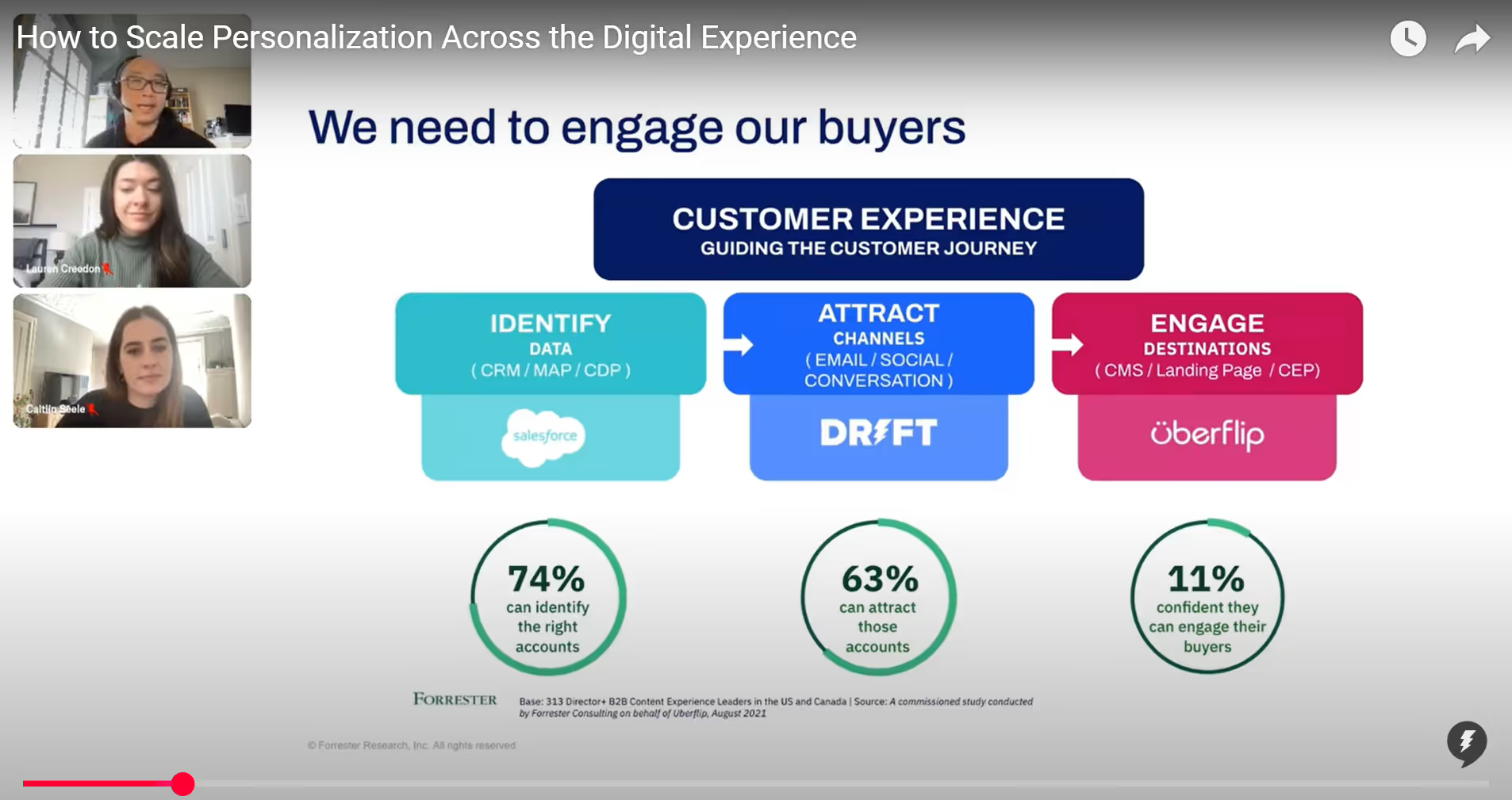
Implementing AI-Powered Personalization in Your ABM:
- Implement a layered engagement approach in your conversational marketing tools, starting with basic personalization and progressively adding more context as visitors engage with your content.
- Create decision trees for your chat workflows based on common buying scenarios and account characteristics. Map out specific conversation paths for different industry verticals.
- Build a content recommendation engine that connects conversation topics with relevant resources. Start with manual mapping and gradually introduce automation.
- Develop clear handoff protocols between chatbots and human sales representatives, defining specific trigger points based on conversation context and engagement level.
2. Snowflake: AI-Powered Account Selection and Intent Monitoring
Snowflake's ABM program, led by Hillary Carpio, their Director of Account-Based Marketing, manages relationships with 5,000 North American accounts and 9,000 globally. It is one of the best ABM examples you can come across. Their team uses Bombora's intent data as the foundation of their ABM strategy, integrating it across account selection, content personalization, and outreach timing. "Bombora is at the center of our ABM strategy at Snowflake. We use intent data for account prioritization, topic selection, and understanding subsidiaries—helping us bridge the gap in the 60% of buying cycles that happen anonymously." — Hillary Carpio, Director of ABM at SnowflakeTheir sophisticated approach revolves around three core programs, each designed to serve different segments of their market.
Strategic Account Tiering Programs
1. Snow Cat Premium Program This premium tier of Snowflake's ABM strategy allows each region to nominate only five accounts annually. These accounts receive comprehensive coverage of up to 200 subsidiaries per account, with full-team engagement including partner marketing, field marketing, and sales engineering. The year-long focused engagement has achieved a remarkable 46% meeting rate in participating regions, compared to 17% in regions that opted out of this selective approach.2. Snowball Fight (Mid-Tier) Program This program allows Account Executives to focus on 3-5 accounts quarterly, representing a strategic shift from their previous model of 10 accounts per AE. The program rotates accounts based on intent signals and engagement data, focusing on open opportunity accounts. All campaigns are highly informed by intent data, though AEs have flexibility in final account selection. This focused approach has led to significantly faster deal closures and higher engagement rates.3. Snowmobile Foundation Program Snowflake's bread-and-butter program focuses on intent-driven account selection at the department manager level. The program monitors intent signals across multiple topics and employs a scaled personalization approach with primary collaboration between ABM and SDR teams. By automating contact retrieval based on intent signals and maintaining consistent engagement, this program has helped increase their overall meeting completion rate from 10% to 36%.
Campaign Execution Framework
Snowflake's campaign execution follows a precise "one-two punch" sequence. The ABM team:
- Activates their campaigns within a two-week establishment period, after which SDRs begin their outbound motion
- Automates contact retrieval after intent signals are detected, with outreach sequences throttled based on SDR capacity.
- Implement a "flurry" motion at quarter-end, taking email addresses of individuals who haven't responded to SDR outreach and targeting them with high-value gated content campaigns.
Data-Driven Intent Monitoring
Snowflake's Salesforce-embedded dashboard brings together multiple data sources to create a unified view of account engagement. The system combines first-party website visitor insights with third-party intent data and marketing-qualified account scoring. This comprehensive monitoring enables sales teams to prioritize accounts showing the highest propensity to buy, resulting in 3x higher campaign attendance rates and 2x faster time from opportunity to close.


Applying Snowflake's Intent Monitoring Approach:
- Design a tiered account program that matches your company's resources and scale. Start with a small number of strategic accounts and expand based on success metrics.
- Create an intent monitoring dashboard combining first-party and third-party data sources. Begin with basic engagement metrics and gradually add more sophisticated signals.
- Implement an automated contact retrieval system based on intent signals. Start with manual list building for key accounts and automate as you scale.
- Develop clear criteria for account rotation based on engagement levels and opportunity status. Review and adjust these criteria quarterly based on performance data.
3. Vymo: Mastering Personalized Multi-Channel Engagement
Vymo's success in ABM stems from our methodical approach to personalized engagement across multiple channels. We designed a tailored strategy unique to their challenges. The strategy began with comprehensive buyer research, including seller interviews and mystery shopping, to identify specific pain points in their target market.
Research-Driven Channel Strategy
The driving force for Vymo's ABM success is the sophisticated multi-channel approach.
- Their LinkedIn campaigns feature highly targeted content including industry-specific white papers, detailed case studies, and interactive webinars.
- Each piece is carefully crafted to address specific pain points identified during their research phase.
This targeted approach generated 500 Marketing Qualified Leads through LinkedIn campaigns alone. The content isn't generic; it speaks directly to the challenges faced by their target accounts, backed by real data and industry insights gathered during their research phase.
Personalized Account Engagement
Vymo's BDRs execute highly focused outreach to 250 decision-makers across 50 accounts.
- Each BDR receives detailed account intelligence gathered during the research phase.
- This enables them to craft messages that resonate with specific organizational challenges.
This deep personalization has contributed to their impressive $21M marketing-sourced pipeline. The success lies in understanding not just company names and titles, but the unique challenges, goals, and dynamics within each target account.
Offline-Online Integration
The strategy that stands apart is how Vymo integrates online and offline channels. Their offline strategy centers around carefully curated roundtables and industry events designed to bring together specific decision-makers from target accounts. These events focus on addressing challenges identified during their research phase, creating meaningful connections that accelerate deal closure. The seamless integration between online and offline channels ensures consistent messaging and has driven a 2% improvement in engagement rates across target accounts.
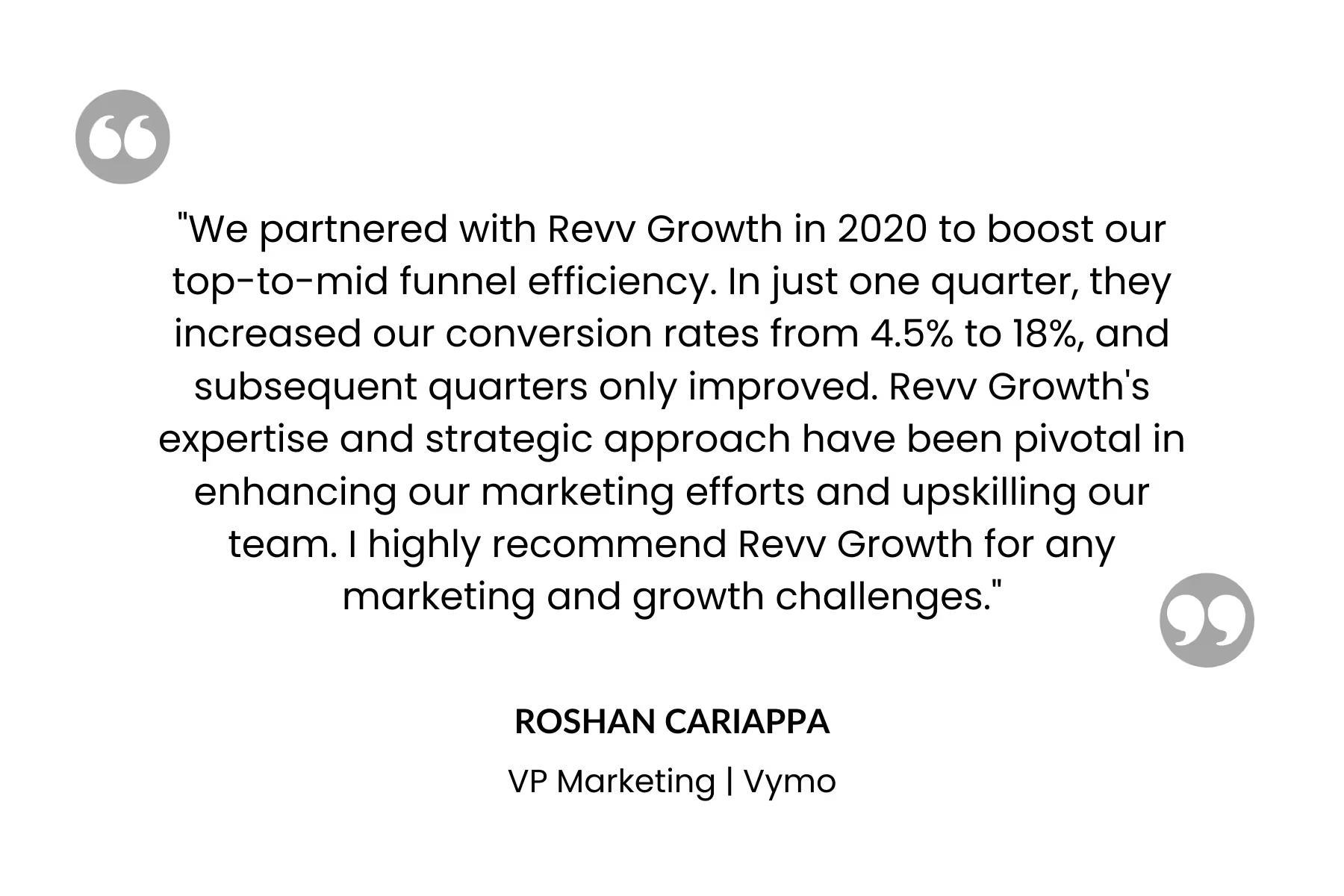
Key Takeaways for Your Multi-Channel ABM Strategy:
- Begin your ABM journey with comprehensive buyer research and sales team interviews to identify specific pain points. Create a research template that captures both quantitative data and qualitative insights from potential customers.
- Develop a channel matrix that maps different content types to specific stages of the buyer's journey. For example, use thought leadership content for awareness and case studies for consideration stage.
- Create a structured outreach playbook for your BDRs that includes account-specific intelligence, conversation starters, and common objection handlers based on your research findings.
- Integrate online-offline touchpoints by designing small, focused events that bring together decision-makers from target accounts. Track engagement across both channels to maintain consistent messaging.
Read more →How Vymo generated $21M marketing sourced pipeline using this personalized ABM strategy
4. DocuSign: Frictionless Digital Experiences That Drive Growth
DocuSign's evolution from a $30 million company to a $1.5 billion revenue generator showcases the power of well-executed digital experiences in ABM. Robin Joy, their SVP and General Manager of Small Business and Digital Sales, shares how they've created a system that effectively serves both SMB and enterprise customers through the same infrastructure."Digital experience, in the broadest sense, is about getting people to have the best experience possible with the least friction possible. That’s true of both the product itself and the product experience. How we can then help them through a journey and perhaps a deeper relationship with DocuSign is core to our business." – Robin Joy, SVP & GM of Small Business and Digital Sales at DocuSign
Trial-Based Qualification Framework
DocuSign's qualification process:
- Uses their product trial as a sophisticated signal generator
- Monitors document sending patterns, multiple signer engagement, and feature usage depth to reveal solution sophistication needs.
This behavioral signal monitoring has proven so effective that 83% of users willingly share data for improved personalization, leading to more accurate lead qualification and faster sales cycles.
Lead Management System
At the core of DocuSign's success is their sophisticated lead management system that operates on clearly defined criteria for both marketing and sales-qualified leads. Their marketing team:
- Focuses on behavioral scoring based on trial usage, while sales qualification follows standardized criteria across all teams
- Aligns marketing and sales to reduce friction in the qualification process.
The system integrates industry benchmarks from SiriusDecisions to ensure their conversion rates remain competitive, resulting in 73% of customers receiving and expecting personalized experiences.
Digital Experience Optimization
The company's digital experience framework focuses relentlessly on removing friction points throughout the customer journey. They've reduced trial activation steps from 7 to 3, implemented context-aware feature introduction, and integrated help resources at key decision points. Their real-time engagement tracking across all digital touchpoints, combined with continuous user feedback integration, has maintained consistently high conversion rates across all funnel stages. This optimization has been particularly effective in both their SMB and enterprise segments, proving that a well-designed digital experience can effectively serve diverse customer bases.
Learning from DocuSign's Digital Experience Strategy:
- Create a behavioral scoring model based on product usage or trial activity. Start by identifying 3-5 key actions that indicate serious buying intent.
- Establish clear alignment between marketing and sales qualification criteria. Document these in a shared playbook and review regularly with both teams.
- Build a friction reduction checklist for your digital experience, focusing on removing unnecessary steps in key conversion points.
- Implement real-time engagement tracking across digital touchpoints. Begin with basic metrics like time on page and gradually add more sophisticated tracking.
5. Gong: Building Account-Based Communities
Under Corrina Owens, their Senior ABM Manager, Gong has revolutionized ABM by focusing on building authentic communities within target accounts. Their strategy emphasizes long-term value creation over quick wins, resulting in sustainable growth and strong market expansion.“I’ve been a big fan of building communities, even just tiny micro-communities with buying committees and then other lookalike clients. There's a couple of different things we've been doing really from a One-to-one perspective that we've seen that has been pretty powerful.” – Corrina Owens, Senior ABM Manager at Gong
Community Development Framework
Gong's community approach operates through strategic participation in platforms like Reddit, where they share valuable, non-promotional content before any product discussion. They've created micro-communities within buying committees and integrated existing customers as peer advisors. This community-first approach has helped them successfully expand into Europe with over 50 team members, while maintaining strong engagement in existing markets.
Multi-Channel Community Engagement
Their community building operates through several key channels:
- Active participation in platforms like Reddit, providing valuable advice before mentioning products
- Strategic nomination of prospects for industry awards
- Creation of micro-communities within buying committees
- Integration of existing customers as peer advisors
- LinkedIn voice messages for personal connection
Executive Alignment and Value Delivery
Gong ensures their ABM strategy success through strong executive alignment on program definition and goals. Their teams hold regular one-on-one meetings including account teams, client success, and SDRs, focusing on data-driven discussion protocols. This structured approach to alignment has enabled them to scale their community-building efforts while maintaining program effectiveness.
Long-term Impact Focus
Rather than chasing quick wins, Gong measures success through a combination of immediate engagement metrics and long-term impact indicators. They track metrics like:
- Buying committee participation
- Relationship growth through multiple stakeholders
- Community sustainability metrics
This comprehensive measurement approach has helped them maintain strong growth while expanding into new markets, proving that community-building in ABM can drive significant business results when executed thoughtfully.
Building Your Own Account-Based Community:
- Develop a community-first content strategy that focuses on providing value before promoting your product. Start with one platform where your target accounts are most active.
- Create a stakeholder mapping template that identifies key players within target accounts and their relationships with each other.
- Build an executive alignment framework that includes regular check-ins and clear success metrics. Start with monthly meetings and adjust frequency based on program needs.
- Design a measurement framework that balances short-term engagement metrics with long-term relationship indicators. Begin tracking basic engagement metrics and expand as your program matures.
What Makes ABM Different in 2025?
It's no longer just about creating personalized landing pages or sending targeted emails. In 2025, ABM has evolved into a sophisticated approach that combines AI-driven insights, predictive analytics, and hyper-personalization at scale.According to Gartner, ABM drives significant improvements in sales metrics, boosting overall account engagement by 28% and increasing marketing-qualified lead (MQL) to sales-accepted lead (SAL) conversion rates by 25%.In 2025, this isn't just about targeting accounts anymore – it's about creating entire ecosystems of personalized experiences.
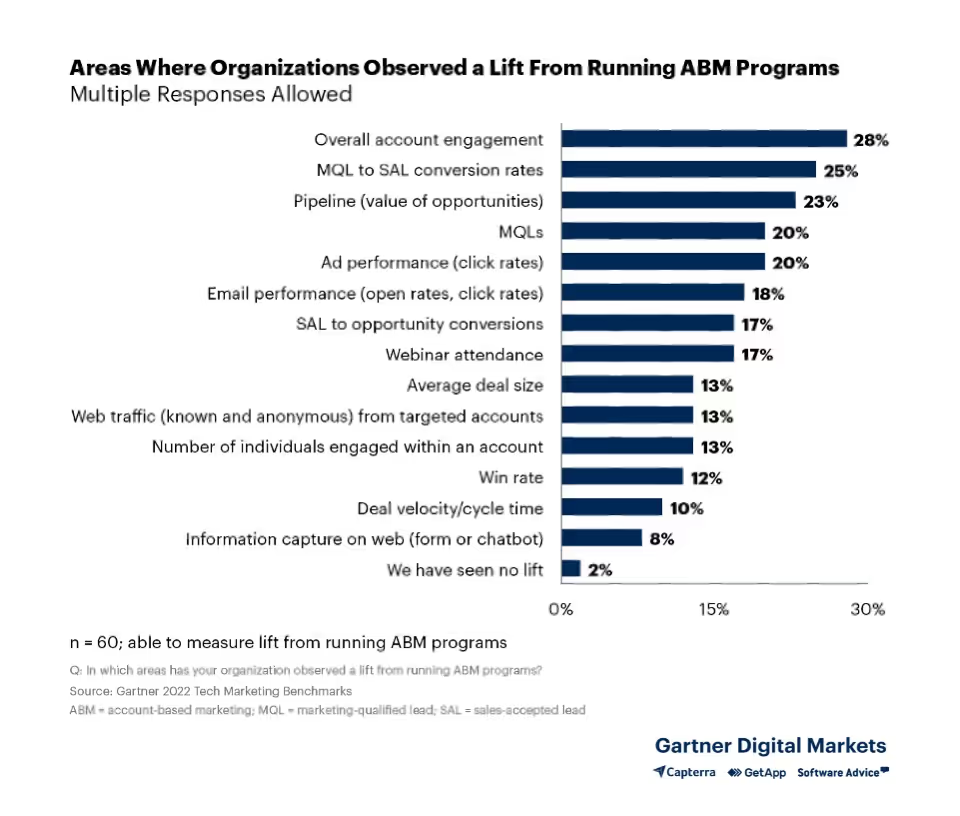
Conclusion
These five ABM examples showcase how leading companies are pushing the boundaries of personalized marketing and strategic engagement. By leveraging advanced technologies, creative content strategies, and community-driven approaches, they are achieving remarkable results.As you plan your ABM strategy for 2025 and beyond, consider how these proven tactics can be adapted to your unique business needs. Whether it’s through AI-powered account selection, interactive content, or community building, the key is to create value-driven, personalized experiences that resonate with target accounts.Need help implementing these strategies? Our team specializes in creating custom ABM programs that drive real results. Let's talk about how we can help you achieve your specific business goals with a tailored ABM approach.
FAQs on ABM examples
1. How can small teams implement enterprise-level ABM strategies?Start with a focused approach like Snowflake's tiered system. Select 3-5 key accounts quarterly, concentrate on deep research and personalization, and gradually expand as you see success. Quality engagement matters more than quantity.2. What's the best way to maintain consistency across multiple ABM channels?Create a central messaging framework based on account research, like Vymo's approach. Ensure all teams access the same account intelligence and coordinate touchpoints through regular cross-team meetings to maintain alignment.3. What's the ideal timeline for an ABM campaign from planning to execution?Plan for a 90-day cycle: 30 days for account research and content preparation, 45 days for active campaign execution, and 15 days for assessment and optimization of results.4. How can we measure ABM success beyond basic engagement metrics?Look at comprehensive indicators like DocuSign's approach: track behavioral signals, buying committee participation, and relationship growth across multiple stakeholders. Focus on both short-term engagement and long-term impact.

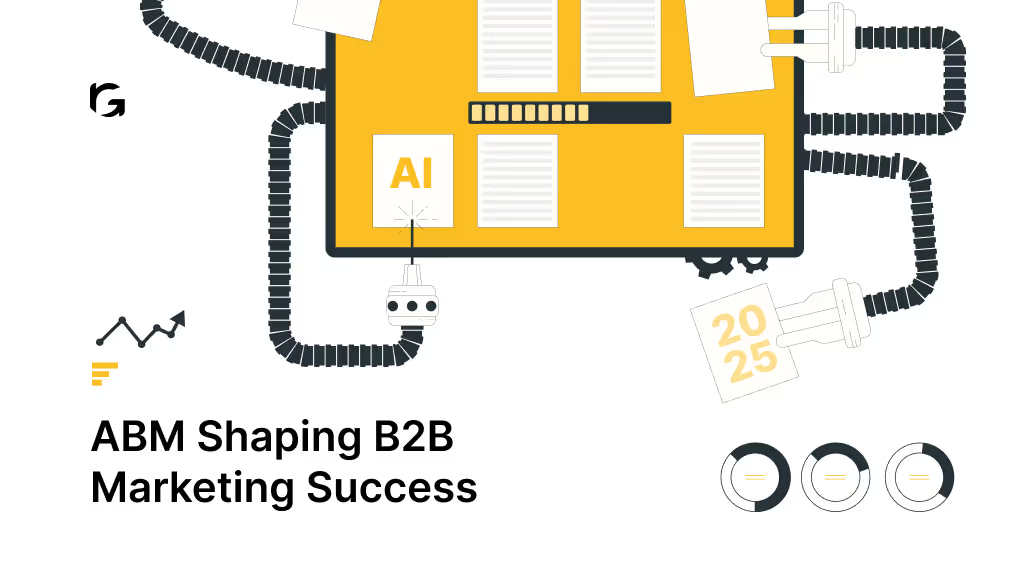

.svg)
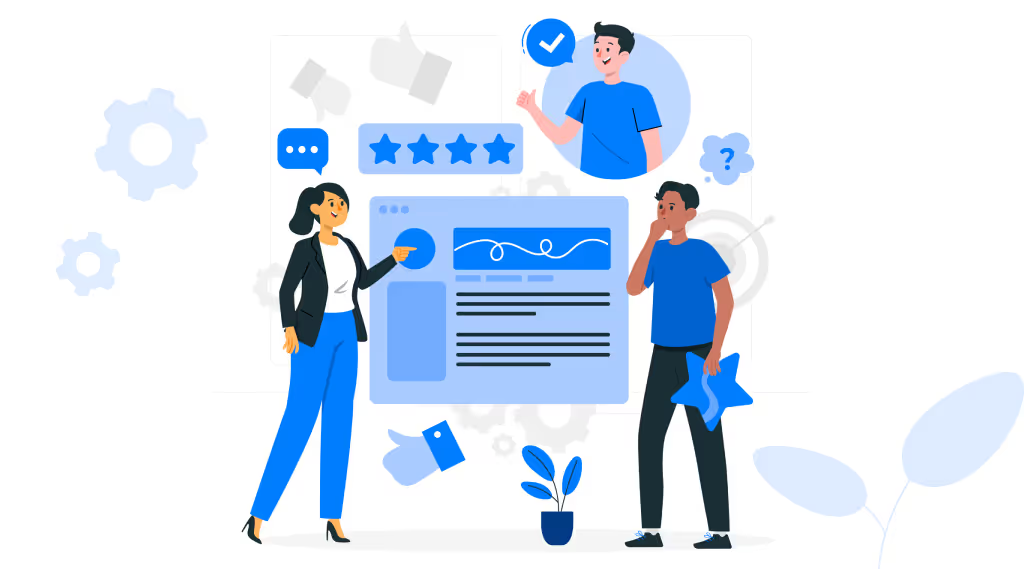


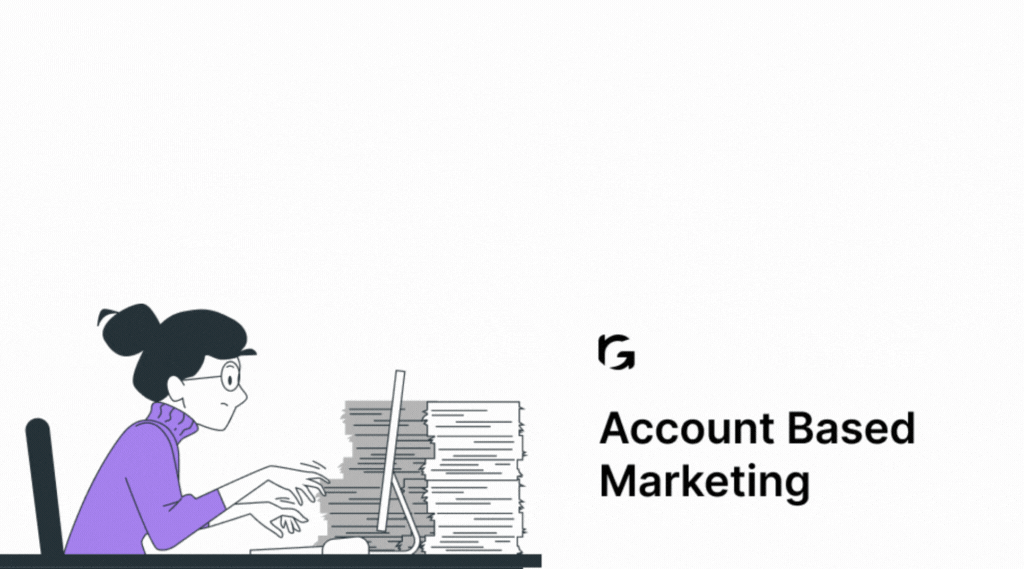
.webp)